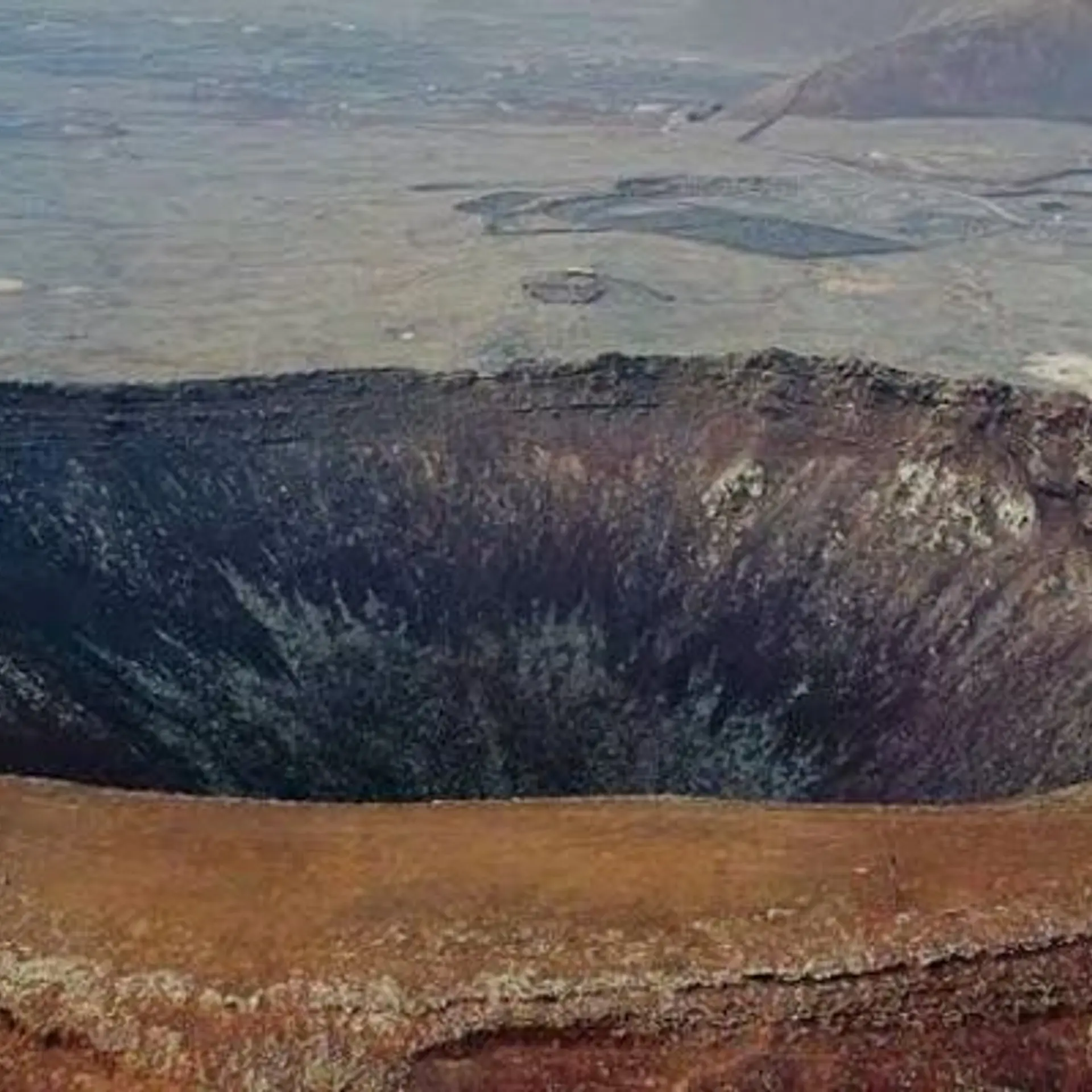

XR could be as ubiquitous as smart devices in 2019
With the evolution of digital technology being on the cutting edge, inventors and innovators have to be very thorough with what they bring about to capture the attention of the user. Umpteen remarkable things are proliferating in the world on a daily basis, but every new and emerging interface, gadget or design made with ingenuity does not necessarily capture the interest or spend from the consumer. It has to either be better than the experiences they are already indulging in or should be able to envision into the future and say what next. It should be more pervasive and experiential. One such alternate reality technology that is a buzzing trend as of now is Extended Reality (XR).
Extended Reality is an umbrella term encapsulating Augmented Reality (AR), Virtual Reality (VR), Mixed Reality (MR), and everything in between. It has the power to transform an everyday consumer experience by integrating all real-and-virtual combined environments and human-machine interactions generated by computer technology. It can redefine the ways people tend to interact with technology to give a thorough, out-of-the-world, immersive experience. For instance, XR makes it possible to visualise what a different coloured room might look like when viewing an actual space at a realtor’s. Alternatively, supply chains are now choosing extended reality by enabling their customers to place orders visually.
No doubt that the likes of, virtual reality, augmented reality and mixed reality has advanced towards the provision of an immersive experience like nothing before, but the extended reality is about exploring interactive ways that are yet to be imagined. Every marketplace is utilising the use of extended reality to bridge distances, access information, people, and experiences, like:
• Weather report-
How many times have you ever given a second glance to a weather report? The usual 3D images of storms & atmospheric events, colour-coded maps of the world informing if it is going to rain or not; there is nothing strikingly different or even remotely interesting about it. But not for the viewers of The Weather Channel that were taken by surprise when they saw what being hit by a tornado, lightning or hurricane looks like. The channel built on various elements for its weather event using extended reality by actually showing a hurricane in a context most people have never experienced before. The visualisation depicted what 3, 6, and 9 feet of water looked like. The channel connected with its users by making them explore, learn, and hone their immersive experience skills through XR.
• Real Estate-
People today have become used to dealing with technology. So much so, that even when they go looking for a simple property, they use their devices. They have moved on from looking at listings, pictures and videos. Instead, they want understandable and appealing visual content that gives them a clear idea of their investment. That is the reason why building firms today are using the supremacy of XR technology to share links to virtual experiences with potential buyers. There are no headsets, and there’s no special technology; everyone can see what the new property will be like using their conventional devices. End-users can even make requests about real-world details in terms of designs or props to get a comprehensive view of the project. These systems are readily available on any web browser or smartphone, and they are designed to be interactive and intuitive.
• Health Care
The healthcare industry has been significantly receptive towards the adoption of XR when it comes to improving the efficiency of diagnosing, streamlining surgeries and enhancing patient satisfaction through better care and understanding. For instance, XR has helped many surgeons visualise the complexities of a patient’s body in 3D to help decide upon their surgical approach. Traditionally, doctors rely on X-rays, CT scans, MRIs and other imaging sources to understand the problem, but through XR they have a better chance of getting positive outcomes in critical operations than otherwise. Hospitals are also leveraging XR because it is helpful in providing residents with remote expertise, provide active learning during training sessions while reducing costs, getting critical clinical information beforehand, and a lot more.
• Gaming
Gaming industry for the longest time has been using virtual reality (VR), augmented reality (AR) and mixed reality (MR) to light up our imagination in the digital world. However, now they are utilising the perks of extended reality to create new gaming experiences. It enhances the presentation of events while giving a full-fledged immersive experience. It creates a comprehensive participation effect that allows users to dive into another reality. It is like a modification encouraging an immersive experience that was previously not possible.
It is important to note that XR is the new technology that has the potential to replace all the other screens in your life. By bringing all three Reality (AR, VR, MR) together under one term, it will converge the adaptability of a smart-phone, mobile VR headset, and AR glasses into a single XR device. This technology will soon expand at a rapid pace. It will exhilarate any business and add great benefits to the user. It is thus, safe to say that come 2019, Extended Reality (XR) is latent to becoming one of the world’s most ubiquitous platforms—similar to the smart devices today.






